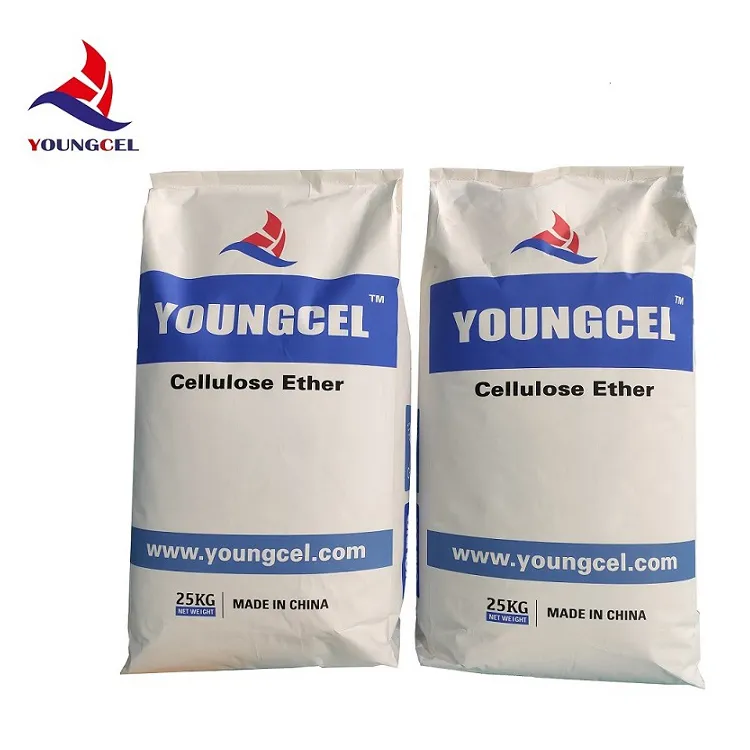Understanding MHEC Powder A Versatile Additive in Modern Industry
MHEC, or Methyl Hydroxyethyl Cellulose, is a cellulose derivative that has gained widespread popularity as an essential additive in various industries, particularly in construction, pharmaceuticals, and food products. This article explores the properties, applications, and advantages of MHEC powder, highlighting its crucial role in modern applications.
What is MHEC Powder?
MHEC is synthesized from natural cellulose, a biopolymer abundant in plants. The modification of cellulose with methyl and hydroxyethyl groups enhances its solubility and usability in water-based formulations. MHEC powder is typically a white or off-white, free-flowing powder that can dissolve in cold water to form a transparent and viscous solution. Its unique properties, including thickening, binding, and film-forming capabilities, make it an invaluable ingredient across a variety of sectors.
Applications of MHEC Powder
1. Construction Industry One of the most significant applications of MHEC powder is in the construction industry, especially in cement-based products like tile adhesives, mortars, and plasters. MHEC enhances the workability of these materials, allowing for easier application on surfaces. It also improves water retention, ensuring that the mixtures maintain sufficient moisture for optimal curing. This property is crucial in preventing cracking and ensuring longevity in construction projects.
2. Pharmaceuticals In the realm of pharmaceuticals, MHEC serves as a binder and thickening agent in the formulation of various drug delivery systems. Its ability to form gels and control the viscosity of solutions is particularly beneficial in oral and topical preparations. MHEC also shows compatibility with many active ingredients, making it a multifunctional excipient in the production of tablets, creams, and ointments.
mhec powder

3. Food Industry MHEC powder is also utilized in the food industry as a food additive. It acts as a thickener, stabilizer, and emulsifier, contributing to the texture and consistency of various food products. Its low calorie and non-toxic nature make it a suitable choice for enhancing the physical properties of sauces, dressings, and dairy products.
Advantages of MHEC Powder
The popularity of MHEC powder can be attributed to several significant advantages
- Versatility Its multifunctional nature allows it to be used across diverse industries, from construction to food. - Enhanced Performance MHEC improves the performance characteristics of formulations, such as improving workability in construction materials and enhancing the texture of food products. - Non-toxicity As a cellulose derivative, MHEC is considered safe for use in food and pharmaceutical applications, adhering to regulatory standards. - Environmental Sustainability Derived from natural cellulose, MHEC is a biodegradable material, making it an environmentally friendly choice in many applications.
Conclusion
In conclusion, MHEC powder is a vital additive that bridges the gap between various industries, enhancing the performance and sustainability of products. Its unique properties, including excellent binding, thickening, and film-forming capabilities, position it as a preferred choice for manufacturers looking to improve the quality of their formulations. As industries continue to innovate and evolve, the versatility of MHEC will undoubtedly play a critical role in shaping the future of product development across multiple sectors. Whether in construction, pharmaceuticals, or food, MHEC powder stands as a testament to the power of natural derivatives in modern applications.






